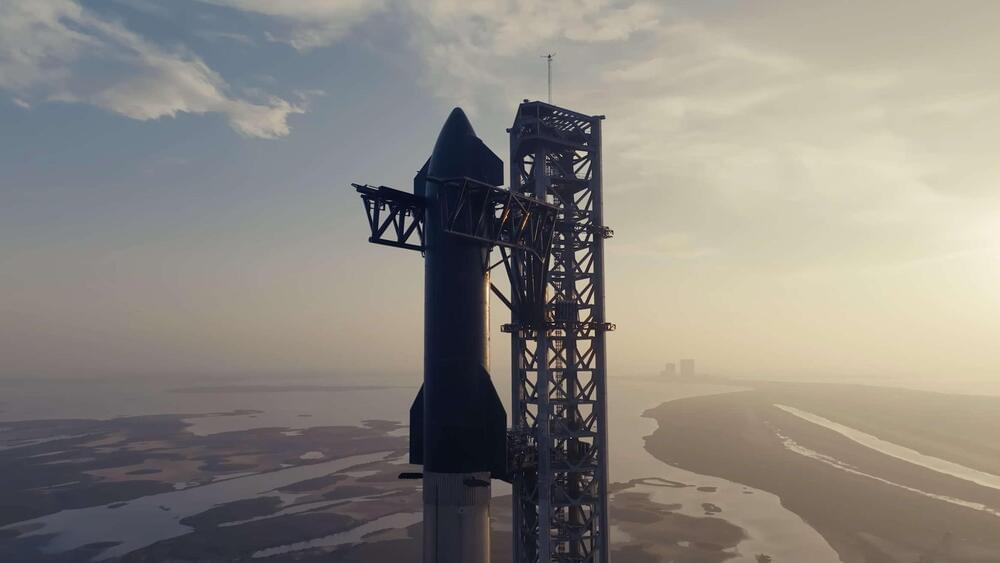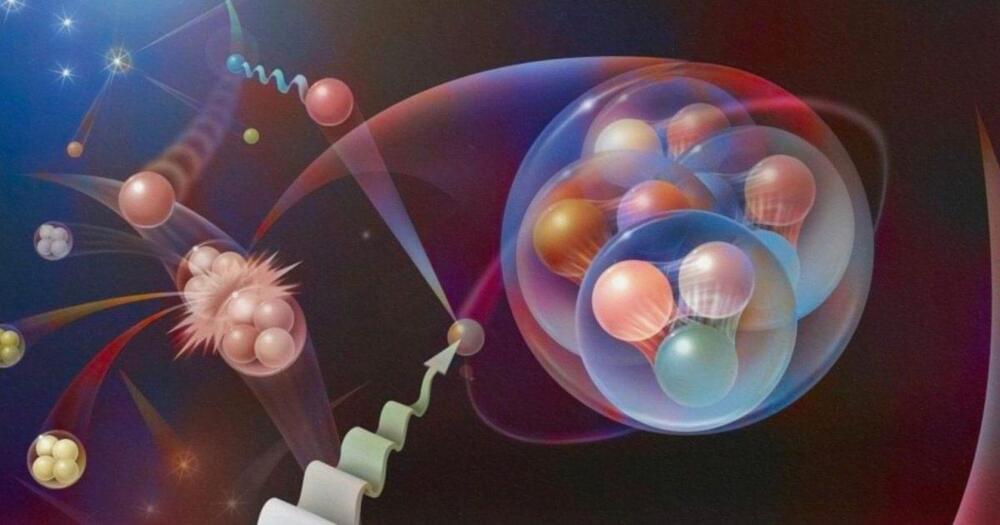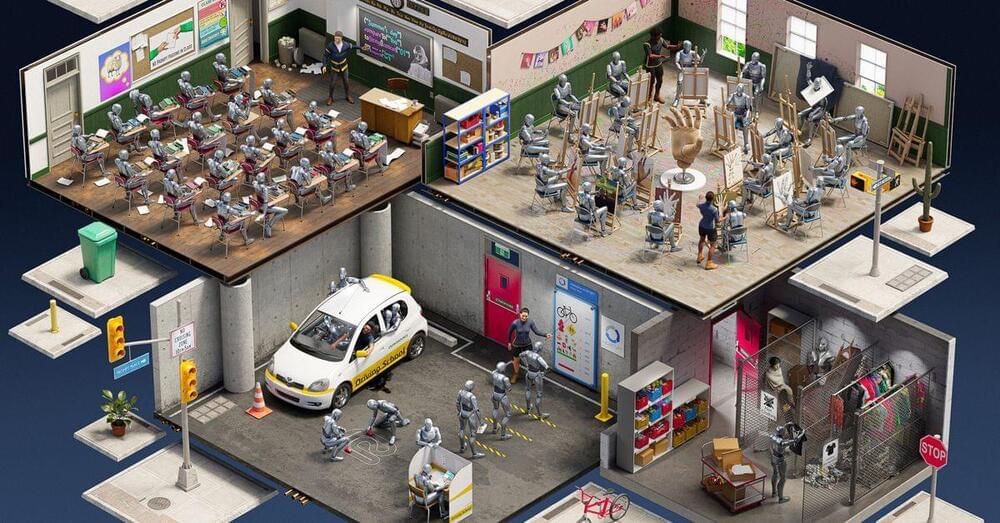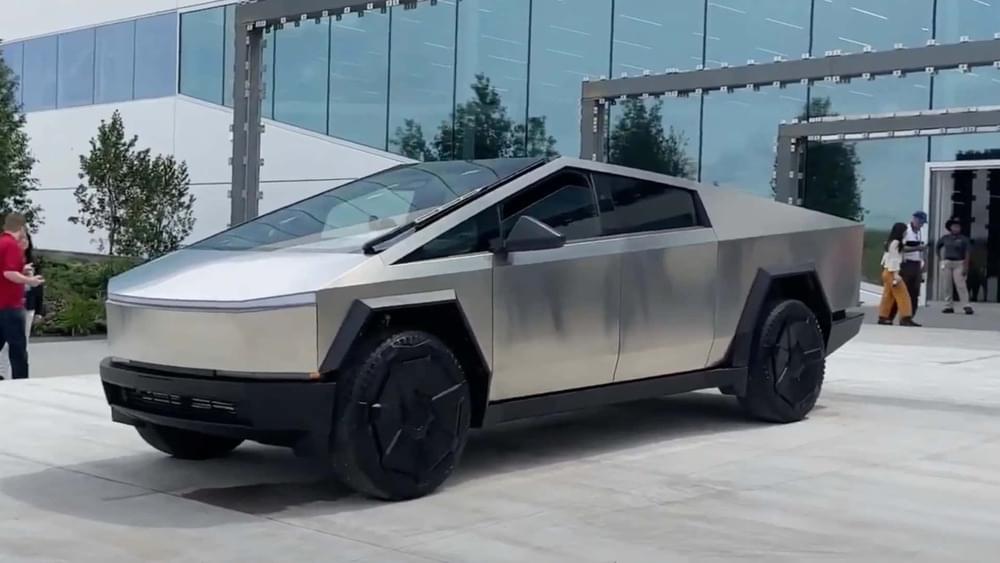The company’s Destinus 3 prototype is expected to be the world’s first hydrogen-powered unmanned aircraft, soaring supersonic at Mach 1.3.



SpaceX will need another six weeks or so to finish implementing hundreds of changes to its Super Heavy-Starship rocket and the gargantuan booster’s Texas launch pad before it will be ready for a second attempt to reach orbit, company founder Elon Musk said Saturday.
That’s assuming Federal Aviation Administration clearance to fly in the wake of the Super Heavy’s dramatic maiden launch April 20 in which the rocket blew itself up after multiple engine failures and the Starship upper stage’s failure to separate from the first stage booster.
In a Twitter Spaces discussion with author Ashlee Vance, Musk said SpaceX is implementing “well over a thousand” changes,” and “I think the probability of this next flight working, getting to orbit, is much higher than the last one. Maybe it’s like 60 percent. It depends on how well we do at stage separation.”




I’ve covered quite a few thermal cameras over the years, some standalone units and others that are built into smartphones. For the average user, they offer a performance and sensitivity that’s more than adequate.
But sometimes you need something that goes beyond more than adequate.
This is where the Xinfrared T2S Plus comes into play.
The T2S Plus I’m testing is for Android smartphones, but there’s a separate version for iPhone that features a Lightning connector.
For precision work, you need precision tools, and this thermal camera gives you just that.
A team of chemists from MIT and Duke University has discovered a counterintuitive way to make polymers stronger: introduce a few weaker bonds into the material.
Working with a type of polymer known as polyacrylate elastomers, the researchers found that they could increase the materials’ resistance to tearing up to tenfold, simply by using a weaker type of crosslinker to join some of the polymer building blocks.
These rubber-like polymers are commonly used in car parts, and they are also often used as the “ink” for 3D-printed objects. The researchers are now exploring the possible expansion of this approach to other types of materials, such as rubber tires.

Cybertruck release candidates (i.e. near-production versions that may have a few faults) are due in August, with customer deliveries targeted for the end of Q3 2023. Given that likely equates to an end-of-September delivery event, it makes sense that Tesla is already gearing up for mass production.
A leaked video also gave a brief preview of Cybertruck production in action. Check out the below tweet for more.
When I’m asked to check a box to confirm I’m not a robot, I don’t give it a second thought—of course I’m not a robot. On the other hand, when my email client suggests a word or phrase to complete my sentence, or when my phone guesses the next word I’m about to text, I start to doubt myself. Is that what I meant to say? Would it have occurred to me if the application hadn’t suggested it? Am I part robot? These large language models have been trained on massive amounts of “natural” human language. Does this make the robots part human?
AI chatbots are new, but public debates over language change are not. As a linguistic anthropologist, I find human reactions to ChatGPT the most interesting thing about it. Looking carefully at such reactions reveals the beliefs about language underlying people’s ambivalent, uneasy, still-evolving relationship with AI interlocutors.
ChatGPT and the like hold up a mirror to human language. Humans are both highly original and unoriginal when it comes to language. Chatbots reflect this, revealing tendencies and patterns that are already present in interactions with other humans.
Year 2013 Basically they found out water is quantum which could then be turned into a water quantum computer.
Water is vital to life as we know it, but there is still a great deal unknown when it comes to correctly modeling its properties. Now researchers have discovered room-temperature water may be even more bizarre than once suspected — quantum physics suggest its hydrogen atoms can travel surprisingly farther than before thought, report findings detailed in the Proceedings of the National Academy of Sciences.
Water is just made of two hydrogen atoms and an oxygen atom, but despite its apparent simplicity, liquid water displays a remarkable number of unusual properties, such as how it decreases in density upon freezing, and the existence of some 19 different forms of ice. Scientists traditionally ascribe water’s peculiar behavior to the hydrogen bond. Water is polar — partial electric charges separate within the molecule, leading to slightly positively charged hydrogen ends and a negatively charged oxygen middle. As such, the hydrogens in one water molecule can get attracted to the oxygen in another, a hydrogen bond that can help explain why water has such a high boiling point, for example.
All of water’s anomalies, together with its unquestionably vital role in climate and life on Earth, have led to intense research around the globe, but still much remains unknown about it. To shed light on water’s behavior, materials scientist Michele Ceriotti at the University of Oxford in England and his colleagues modeled how the atomic nuclei of water’s hydrogen might behave in a quantum way — that is, not like points as the above explanation of hydrogen bonding from classical physics would suggest, but as more delocalized, cloud-like objects.